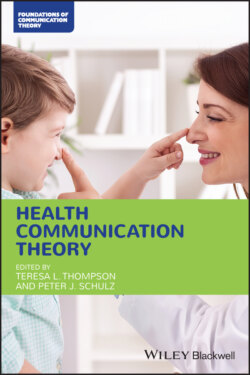Читать книгу Health Communication Theory - Группа авторов - Страница 42
Autoethnography
ОглавлениеAutoethnography has become increasingly popular in the social sciences, especially in health‐related research (Chang 2016). By definition, autoethnography “operates as a bridge, connecting autobiography and ethnography in order to study the intersection of self and others, self and culture” (Ellingson and Ellis 2008, p. 446). Autoethnographers incorporate the “I” into research but analyze the self as if an “other” (Ellingson and Ellis 2008, p. 448), describing and systematically analyzing their personal experiences to understand cultural, social, and political meanings. Autoethnographic research is socially just and often critically reflective of taken‐for‐granted aspects of the social world (Ellis et al. 2011). Indeed, autoethnographers “seek the good” for society and themselves, sharing “the hope (and determination) that the moral, political, and practical work of autoethnography can give meaning to our lives and the lives of other people touched by this work” (Bochner and Ellis 2016a, p. 213).
As with other approaches described in this chapter, autoethnography intertwines theory and method from a social constructionist perspective, rendering it both process and product. Forms of autoethnography differ in a variety of ways, including how much emphasis is placed on the study of others and on the researcher’s self in interaction with others (Ellis et al. 2011). Indeed, scholars view autoethnography as a “broad and wonderfully ambiguous category that encompasses a wide array of practices” (Ellingson and Ellis 2008, pp. 449–450) – with analysis and representation once again falling across a continuum. Still, autoethnographers have begun to recently distinguish their work as either evocative or analytic (Anderson 2006), with the former focused on narrative presentations that evoke emotions and inspire conversations (i.e. storyteller) and the latter concerned with developing theoretical explanations of broader social phenomena (i.e. story‐analyst; Bochner and Ellis 2016b; Ellingson and Ellis 2008). Although autoethnographies often incorporate elements of both at varying points on a paradigmatic continuum (Allen‐Collinson 2013; Wall 2016), I present them here as dichotomous to better explain how theorizing is understood and engaged in each. In doing so, I recognize that I have inserted scholarly examples somewhat artificially, based on my own subjective understandings rather than the authors’ implicit intentions.
